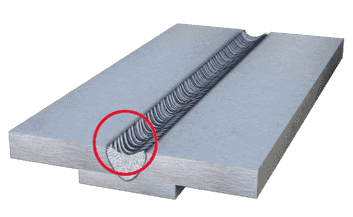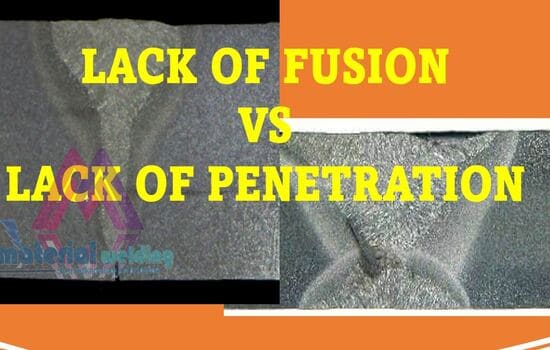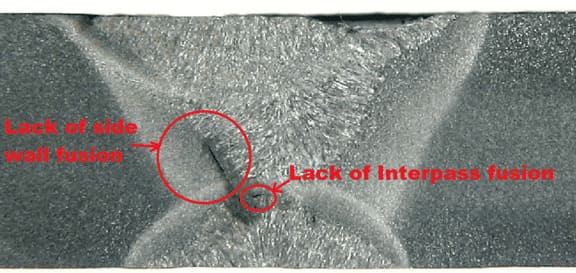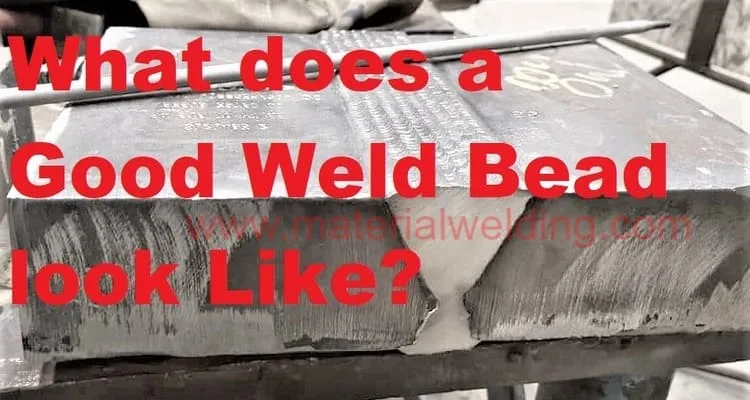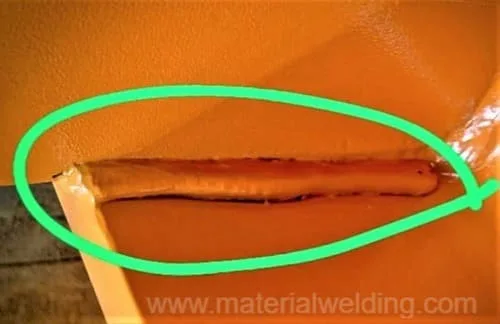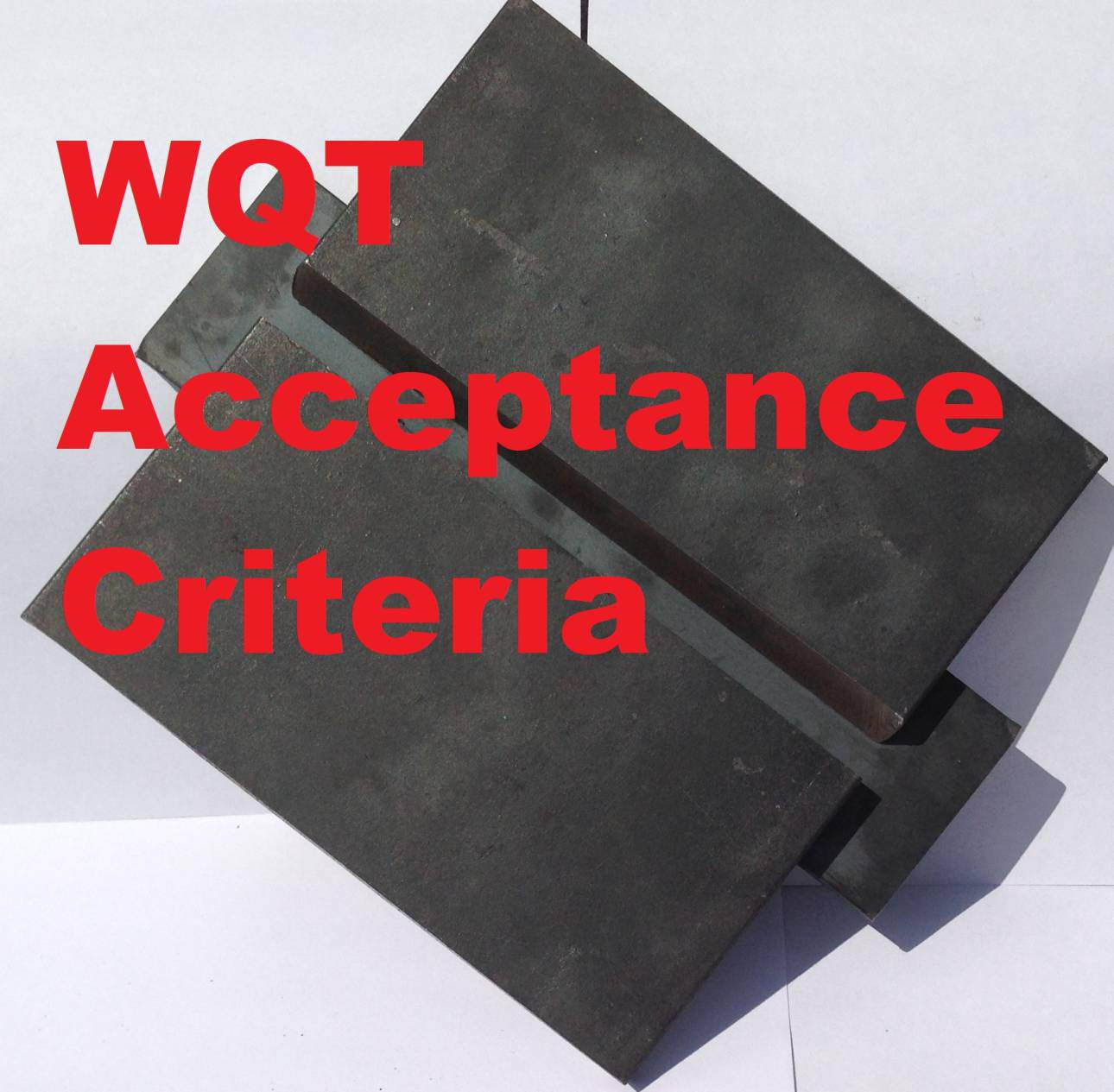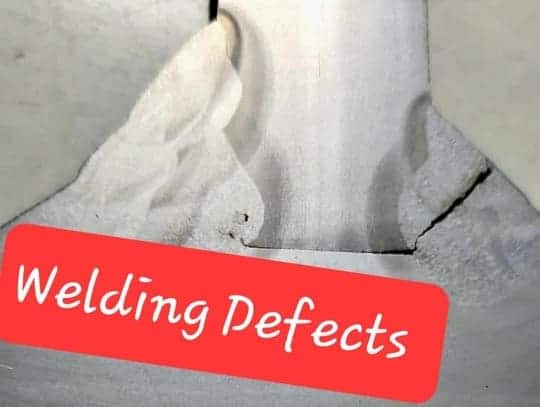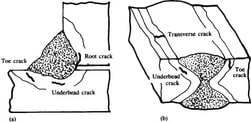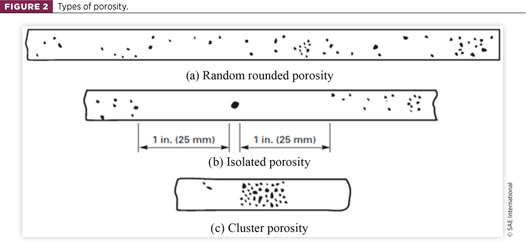What is Undercutting in Welding?
Undercut in Welding is a welding imperfection or welding defect resulting in the reduction of cross-sectional base material thickness adjacent to the fusion line. The welding undercut visually appears as a groove or depression adjacent to the weld interface.
Due to the sharp thickness reduction at the weld interface due to undercut, the strength of the weld is reduced if an undercut is present in the weld.
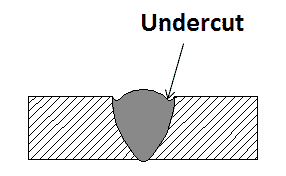
An undercut is very detrimental in the case of dynamic loading designs as the undercut will create a notch effect. This will lead to failure of the weld or can be the start point for crack initiation under loading conditions.
Welding undercut is a defect that can occur in welds. It is caused by the molten weld metal flowing underneath the weld bead and leaving a rough, sharp edge. Welding Undercut defect can cause problems with the strength and appearance of the weld, and it must be fixed before the weld can be considered acceptable.
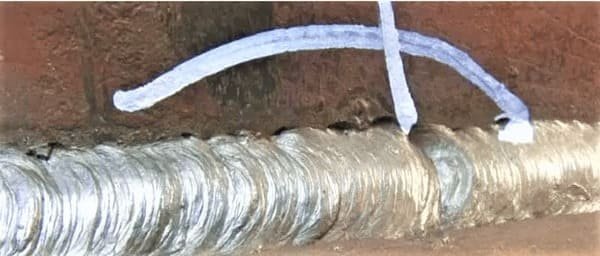
Definition of Undercut in Welding
Welding undercut is a technical term used in welding. This groove shape profile that is melted in the base metal near the weld toe or root & remained unfilled is called Welding Undercut.
The undercut can be caused by a poor welding technique, incorrect electrode manipulation, or using the wrong amperage. It can also be caused by using an electrode that is too large for the thickness of the metal being welded.
Undercut Welding Defects
Undercut welding defects are caused when the welding arc moves faster than the weld metal can solidify. This leaves a depression or groove shape along with the weld metal. The size and shape of the undercut depend on the welding speed, electrode size, and current.
Based on the depth & size of the undercut, it is either a welding imperfection that is allowed as it is or a welding defect that needs to be rectified & repaired for final weld acceptance.
Welding Undercut is classified by the following types:
- Minor Welding Undercut
- Major Welding Undercut
- Continuous Undercut
- Intermittent Undercut
Undercuts can cause a number of problems, including reduced weld strength, increased stress concentration on weld (due to notch effect), and decreased resistance to corrosion.
In addition, welding undercut can create a path for moisture and other contaminants to enter the weld joint, which can lead to corrosion and failure of the weld.
Undercuts are often difficult to detect if not viewed from the right angle during the visual inspection, but they can be identified by touch or by using the right visual testing techniques & tools (such as pitting gauge, and bridge cam gauge).
Types of Welding Undercut
Welding undercut is a type of imperfection that occurs when the weld metal does not properly fuse with the base metal. This results in a groove or notch along the edge of the weld, which can weaken the joint and make it susceptible to cracking.
Welding undercut types are:
- Root Undercut
- Sidewall Undercut
- External Undercut
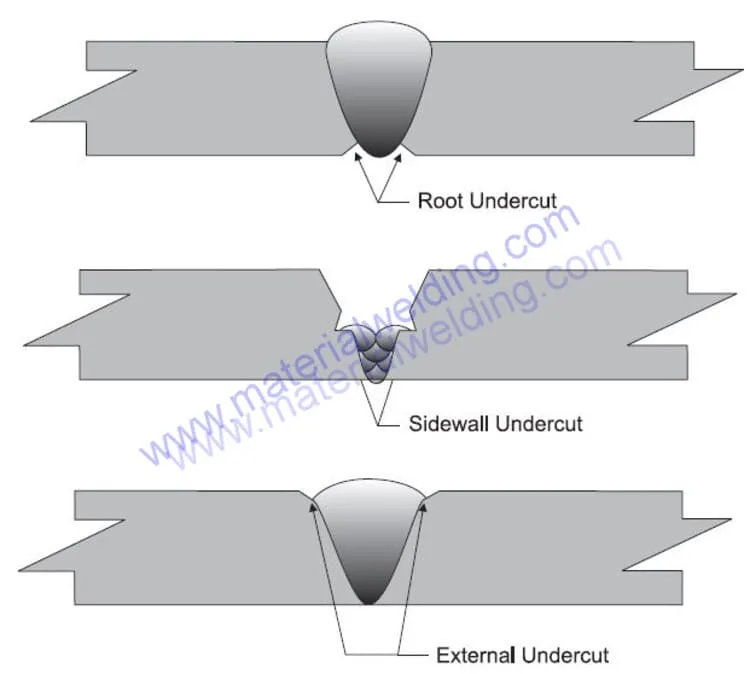
Root Undercut in Welding
Welding undercut, or root undercut is a defect in a weld that appears as a groove or channel along the weld bead’s root.
This defect can be caused by several factors, including incorrect welding technique, incorrect welding speed, and incorrect wire feed speed.
However, the most common cause of welding undercut is an insufficient root opening.
What Causes Undercut Defects in Welding?
There are several reasons why welding undercut can occur. One common cause is incorrect welding technique.
If you do not hold the electrode or welding gun at the correct angle, or if you move too quickly, the molten metal will not be able to flow in the weld bead to fill it properly or will cause the burning of the plate edge.
Another reason is using a high welding current that will result in high welding heat that will burn the plate edges or adjacent base metal to the welding resulting in a welding undercut.
Another common cause of welding undercut is incorrect fit-up. If two pieces of metal are not properly aligned before welding, it can create a mismatch at the weld edges in the weld joint which can lead to undercut.
In summary, the most common causes of Welding Undercut are:
- High welding amperage (Current), and high Wire feed rate (WFS) in MIG welding.
- High welding voltage.
- Poor welding techniques.
- Wrong welding rod/ torch angle.
- Long arc length/ Excessive arc length during welding.
- Welding with low travel speed.
How to Prevent Undercut in Welding?
There are several ways to prevent welding undercut, including proper welding technique, proper wire feed speed, and proper root opening.
The most important is using the right welding technique & optimized welding parameters (Current, voltage & travel speed).
An undercut is a common welding defect that can be prevented with the right techniques.
It is caused when the weld metal does not fuse with the base metal and leaves a groove or depression in the weld. This can weaken the weld and cause it to break or crack.
There are several ways to prevent undercut in welding. Use a welding electrode that has a smaller diameter & hence will not result in high heat.
You can also adjust the welding current and voltage to ensure that the weld bead has good penetration.
Is undercut Allowed in Welding?
Welding undercut is a condition where the weld metal is below the surface of the adjoining base metals.
The size, depth, and location of the undercut depend on a variety of factors, including the welding process, filler metal, welding current, and electrode angle.
There are different types of welding undercut (small, intermittent, long, minor, or major welding undercut) that can occur, but all result in weakened shabby welds.
Undercut is not allowed in many welding codes and standards. The American Welding Society (AWS) D1.4M:2010 standard does not allow any undercut in fillet welds, except for very small amounts that can be tolerated near the weld without affecting strength or ductility. It must be minimized to ensure a strong joint.
Allowable undercut in welding
The amount of undercut that is allowed in a weld varies depending on the application. In general, the maximum limit of undercut is 0.0625 inches (1.6 mm).
However, this may vary depending on the thickness of the material being welded and other factors.
According to the AWS D1.1, the following criteria apply for Welding Undercut acceptance:
- For WPS Qualification: Maximum undercut permitted in visual inspection (VT) is 1 millimeter or 1/32 inches for fillet welds or groove welds. The same acceptance is applicable for welding macro inspection.
- For Tack Welder Qualification: Maximum undercut permitted in visual inspection (VT) is 1 millimeter or 1/32 inches.
- For Welded Parts Visual Inspection: Maximum permitted undercut in visual inspection (VT) is 1 millimeter or 1/32 inches for base metal thickness less than 1 inch ((25 mm). For the base metal thickness of more than 1 inch, the maximum permitted undercut is 2 mm or 1/16 inches.
This welding undercut limit is further reduced to a maximum of 0.01 inches or 0.25 mm for primary members. Refer to AWS D1.1, and Table 8.1 for a detailed explanation.
Other acceptance of Welding Undercut as per ISO 5817 depend on the Welding quality level (B, C or D). As per Class B, Continuous Undercut is not allowed. Intermittent Undercut is allowed up to 0.05t with a maximum of 0.5 mm.
The maximum permitted undercut as per ISO 5817 Quality level D is 0.2t, a maximum of up to 1 mm.
How is Undercut in Welding Measured?
Welders use a welding gauge to measure undercut in welding. A gauge is a tool that has a tip with a fine V-shape at the end.
The welding gauge tip is inserted into the undercut and the depth of the depression is measured on the scale of the welding gauge.
This measurement is used to determine how much material has been removed by the welding process and to adjust if needed.
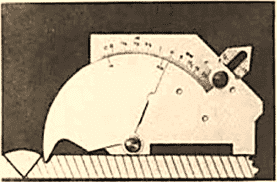
Undercut Welding Remedies
Welding is a great way to join two parts of metal together. However, welding can also cause problems if not done properly. One such problem is an undercut.
An undercut is a groove that is cut into the edge of the metal being welded. This groove can weaken the weld and lead to failure. There are several ways to prevent or remedy an undercut:
The following are the proven methods to avoid Welding Undercut:
- Weld slowly and carefully, making sure not to melt away too much material at once.
- Use low welding heat input. Low heat input in welding allows good control of weld puddle & control of the welding bead.
- Optimized welding travel speed. Weld slowly and carefully, making sure not to melt away too much material at once.
- Correct welding rod angle & electrode size. Using the correct torch angle is the most important factor to control a welding undercut. A right torch angle e.g., 75 to 90 degrees for groove welding in & 45 degrees for fillet welding is an ideal torch angle.
- Master your weaving skills & weaving techniques. Weaving is another factor that can result in weld undercut if not performed properly.
- Use the correct welding position. Welding in a flat position allows uniform molten weld metal flow as well as helps to maintain a right torch angle. On the other hand, welding in an overhead position is more prone to creating a welding undercut.
- If possible, weld using multi-run welds.
- Preheat the metal before welding. This will help to soften the metal and make it less likely to form an undercut.
Mig Welding Undercut
Mig welding undercut is a common issue that can occur during the welding process. It can be caused by a number of factors, including high current, torch angle, and weld formation speed.
When an undercut occurs, the weld metal is pulled away from the base metal, leaving a groove or gap in the weld. This can weaken the weld and lead to failure.
There are several ways to prevent or correct mig welding undercuts, including adjusting the current, torch angle and weld formation speed.
TIG Welding Undercut
Welding undercut can be a frustrating problem to deal with, but there are ways to minimize its occurrence.
The main cause of welding undercut is the angle of the torch in relation to the workpiece.
If the torch is held too close to the workpiece, the heat will cause the metal to melt away faster on the leading edge than on the trailing edge, which creates a “lip” or undercut.
There are several ways to help prevent this from happening:
- Weld using stringer beads, especially on sheet metal welding.
- Angle the torch slightly away from the perpendicular so that less heat is concentrated on the leading edge.
- Use lower diameter tungsten rods to control heat distribution.
- Use a low current and voltage setting, which will provide less heat and produce a controllable weld puddle.
